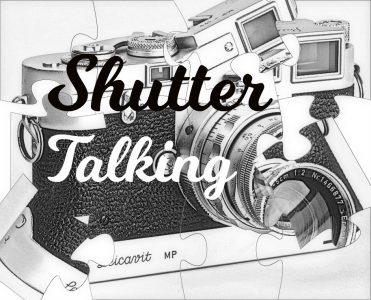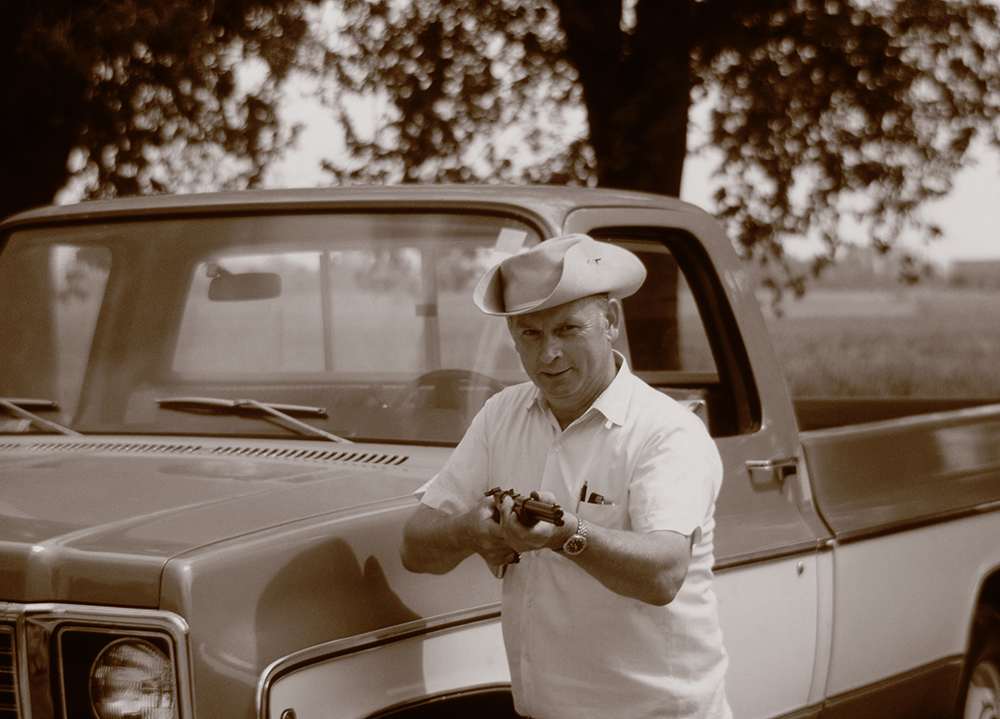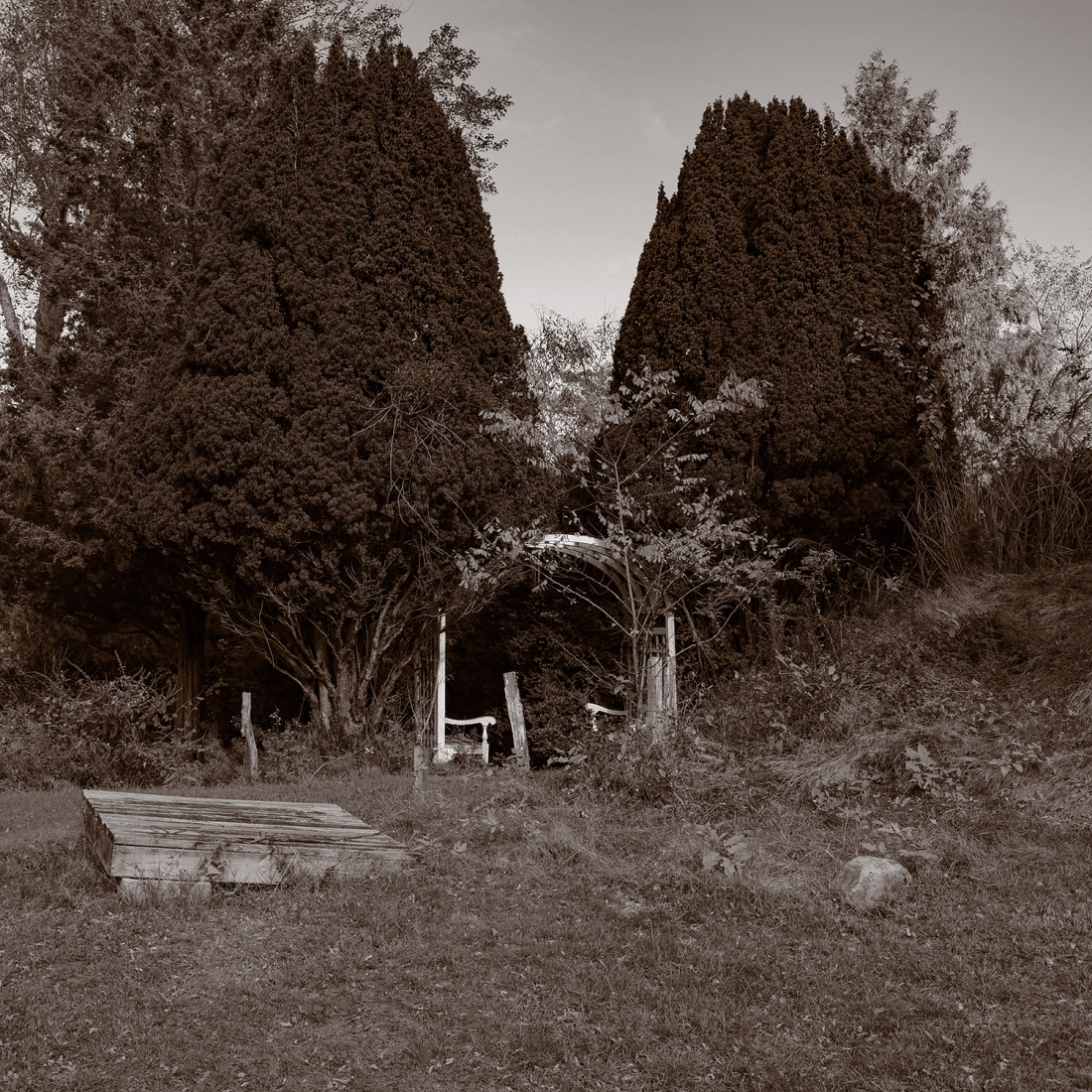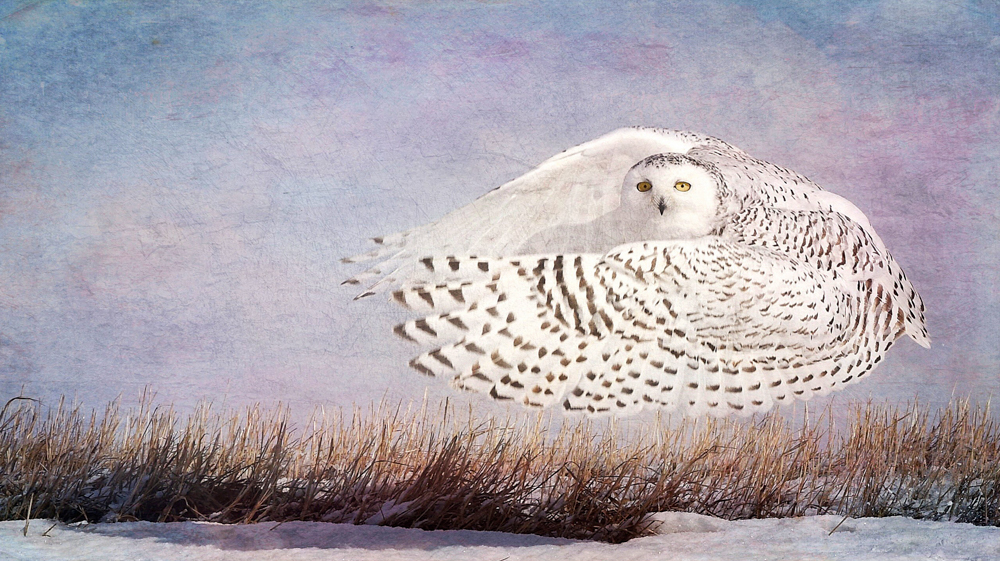
Raptors are glorious. They are fearless. They seek the sun like Icarus. Icarus, against his father’s warnings, flew too close to the sun and perished in the sea. Most imagery around Icarus is golden. The wax of his wings ignite in golden flame. His silhouette is shown against a blazing, golden sun. A. A. Milne made an owl an erudite, often stumbling friend of Pooh. Wendi Schneider lights her owls from behind like Icarus denying his father as he willfully, joyfully seeks his end. Wendi’s winged beasts fly glorious, immortal over Pooh Corner.
ST: Wendi, did you read Winnie the Pooh as a child?
Wendi: I don’t have a specific memory of reading it, but my nickname as a little one was Pookie, sometimes shortened to Pooh. I remember reading sections of the World Book Encyclopedias, and if we weren’t familiar with a word, we were directed to the massive Oxford English Dictionary that weighted an oak stand in a corner of the living room. I still enjoy the quest for knowledge and am grateful for the guidance, and for the world discovered beneath the heavy magnifying glass which sat on top. A favorite assignment for one of my painting classes was to cut a small section of an image from a magazine and blow it up. About the same time, I came across an early book on photomicrography. I think all of those experiences contributed to my appreciation of the elegant lines of details of organic forms.

ST: Wendi, your affinity for wildlife and the natural world is so marvelously obvious in your work. Mr. Milne included Roo, a young kangaroo, in his pantheon of lovable characters, however, he chose not to anthropomorphize a wombat, also an Australian animal, as a member of the Poo Corner tribe. It has come to my attention that you also have an affinity for wombats. Three part question: Have you been to Australia, if so, did the experience have an influence on your work, if not, what life experience or experiences initiated your fondness for and aesthetic rapport with nature and its inhabitants?
WS: I have not visited Australia. When I was a wee one, there was a small vegetable farm behind our home in Memphis. It belonged to our neighbors – a frequently absent sea captain and his lovely wife, who we called Grandmommy Hughes. We already had two grandmothers, one of whom lived with us and mostly raised me, but it was the deep South and everyone was an aunt, uncle, or somehow mysteriously related. I recall a large picture to the right of the mantel in their living room of an old man in a boat with a young girl, who I assumed was his daughter. I also concluded that the weather-beaten old man in the boat was the MIA sea captain. I recently learned it was an oft-reproduced painting by Renouf. Anyway, truth be told, I plucked a few carrots from the farm from time to time, both to eat and to entice the rabbits, albeit unsuccessfully. I can still hear the soothing sounds of the great horned owls conversing as I lay awake at night trying to figure out if I fit into this world. While I began as an outgoing child, I became less so as I ‘matured’. I found sanctuary beneath the swaying limbs of the old weeping willow in the far corner of the yard that backed up to the farm until I was nine, when they paved paradise to build homes for humans. I’m still calmed by elegant, sinuous, organic forms in nature, their exquisite whiplash representations in Art Nouveau, and still require a great deal of time alone.
My only connection to the wombat is through the Pre-Raphaelites, who were particularly influential on my early work, and whose vintage prints grace our walls. It was Dante Gabriel Rossetti, after whom my irascible, sooty feline was named, who was obsessed with wombats. He wrote poems about them, painted them, and for time, kept a few in his menagerie. Believe it or not, he reportedly used the wombat as a tool of seduction. He was madly in love with Jane Morris and drew her as a saint, with her poor husband William Morris portrayed as a wombat on a leash. A poem he sent to Jane:
– Dante Gabriel Rossetti
So I suppose he also referred to her as his wombat. And according to the article on Frieze, Whistler said that one of the wombats was brought to the table with cigars and brandy, as Swinburne read passages from Whitman’s Leaves of Grass.
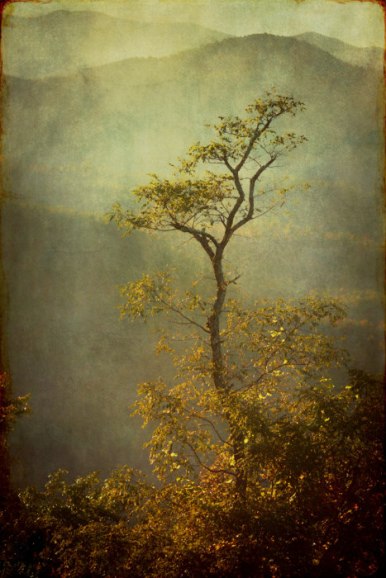
ST: The luminosity and life gilding gives your images is extraordinary. My mother ruined the tranquility of our family great room with precociously grinning gilt cherubs and putii and loud, garrulous, obscenely gilded Baroque and Rococo furnishings. Her lack of finesse in interior design she made up for in her mastery of cuisine, especially Moroccan. How do you decide which images to gild and which ones to leave au naturel?
WS: Oh, thank you ever so much, Lannie! We went from mid-century modern to old English, but that’s another story. I have to laugh when I think of dining Moroccan, as my sister refused to eat with her fingers at our favorite local spot.
Since 2012, I’ve only made a few without gilding – oversized, site-specific prints, or for transfer or encaustic that weren’t to be gilded. As to what to gild, it’s intuitive, as is what I capture. As I have worked with the process, I’m often drawn to images with light areas that might show more of the luminous gilding, but sometimes a pop of light can be dramatic and effective on a darker image. It depends of the desired outcome, though the hands-on journey of each piece may take it in a different direction. While I often know immediately if it’s an image I want to work with, I could probably never make another impression, and edit and print the rest of my life out of Lightroom and Photos and the many file boxes of slides, the latter primarily from the ’90s. I often stumble across images from years ago that I see in a new way and want to work with. The Flamingo is a case in point, as are a few of the images on kozo in my upcoming exhibit, Evenings with the Moon. I did print Twigs without layering or gilding several years ago, a Red Tailed Hawk in the Snow, a Great Horned Owl and a Harris’s Hawk. They are larger than the gilded photographs and were printed on a luminous metallic paper. Coincidentally, if such thing as coincidence exists, much of my hair is now metallic, a blend of silver, white gold and brown. There may be more to come without gilding, as I’ve been longing to paint on the surface again, though, who knows, perhaps a bit of gold will rise to the top as well…

ST: Yes, Lamb Tangine is a beautiful dish and most certainly appropriately eaten with the fingers. So, Matisse went to Morocco and Degas went to New Orleans. Oh so very depressing that Degas now is reported to have been a dreadful man, un homme dégoûtant. But what an angel as an artist. He called himself “un fils de Louisiane,” as his mother was born in New Orleans, the only truly European city in America. John James Audubon, the Creator’s cataloger of winged things, was also a resident of New Orleans at one time in his life – they have since awarded him a zoo. New Orleans, what a delicious milieu of gilded interiors and gilded people, vampires and that most dire cocktail, appropriately named after a natural instrument of destruction. As a scholar and artist that lived and worked in New Orleans – how has your time there influenced your work?
WS: Wow, Lannie! Speaking of elegant – your words are swoonworthy. I fell in love with New Orleans as a seven-year-old, relishing beignets and café au lait on a balcony overlooking Royal St. with my father and scavenging antique shops with my mother. I celebrated my ninth birthday in the Blue Room at the Roosevelt. While I didn’t move there until I transferred from Stephens to Newcomb to paint as a junior, it’s profoundly part of my psyche and my ideas of beauty. As long as I can remember, I’ve been drawn to old things and places. My beloved Nana was born in 1900 and most of my collections date from the turn of that century. While I enjoy the research involved in learning the history of objects, people or places, I’m equally fond of imagined histories, and creating an image that sparks the imagination of the viewer.
I’ve always been drawn to dusk’s darker shade of twilight and the melancholia and nostalgia that sweeps over me as the languishing light lingers. Those feelings have enveloped me since childhood and everywhere I have lived, but the force is strong in New Orleans, where the air is so heavy with history.
Degas spent time with his family in New Orleans as his eyesight was faltering. He had not yet found the work he would become known for, and his time there was crucial to the development of his style, as it was to mine. Several magical paintings were created there, including the Cotton Office. Coincidentally (ha!) I remember there being a very fine copy of that painting outside the publisher’s office when I worked at The Times-Picayune, though I can’t remember why I was in his office. Perhaps it was related to my last project there, my first “child” – the re-creation of the 1901 Picayune Creole Cook Book for the newspaper’s sesquicentennial.

I once visited Oakley Plantation where Audubon stayed. What a thrill it was to stand by the desk where he worked and gaze out his window! Magical indeed. When I began making reference photographs of my models in 1982, I lived near the river and the back of the zoo, close to one of the early locations of A Gallery For Fine Photography. I spent hours there studying the amazing collection of master works and falling in love with Camera Work photogravures, some of which I would later collect, but it took several years to get up the nerve to speak to the owner. Actually, it was a dear friend who introduced us and pretty much forced me to show Joshua my hand-painted photographs. I was terrified, but of course delighted once I got to know him. He is a beloved friend and an important part of my life and career. He was supportive of my work and began representing me not long after I moved to New York. As to vampires, the art director who gave me my first book cover assignment, and subsequently many others, once picked up one of my figurative images for the cover of an Anne Rice book. I met the AD through the same dear artist friend at newspaper who encouraged me to get a camera. Yet another friend at the newspaper taught me to print, and another gave me an old set of photo oils, as I was beginning to layer paint on the early images, though I did move back to traditional oils and oil sticks applied with brushes and fingers.
So, yes, New Orleans is a huge part of who I am. I spent my formative 20’s and early 30’s there before moving to New York to open my photography business. I still revel in the fabulous blues and jazz, first experienced in Memphis, and often crave the classic cuisine.
ST: I neglected to say that I am also somewhat of a fils de la Louisiane, if only vicariously. My grand-pere was an exuberant child of New Orleans, an epicurean and bon vivant. One hot, grotesquely humid, rainy day he handed me a copy of the Kate Chopin book, “The Awakening.” He simply handed me the book and walked from the room, very out of character of him. I was soon to be married. In hindsight it makes sense. Have you read the book and how has being a woman of the South affected your work?
WS: Brilliant! Perhaps it should be required reading for grooms. Your heritage does not surprise, but I’m quite curious about the book’s effect on you. I read The Awakening many years ago. Her discovery of freedom of thought and action in the male-dominated society is unfortunately still relevant. I’m an incurable romantic, so I wish Edna’s path to independence, solitude and love had led to a different resolution.
“The voice of the sea is seductive; never ceasing, whispering, clamoring, murmuring, inviting the soul to wander for a spell in abysses of solitude; to lose itself in mazes of inward contemplation. The voice of the sea speaks to the soul. The touch of the sea is sensuous, enfolding the body in its soft, close embrace.”
–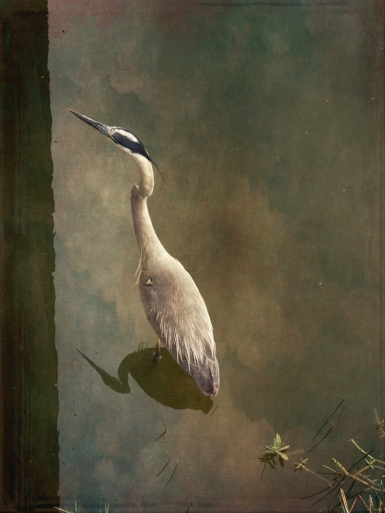
I feel that way about the South – it’s steeped in my bones and blood. I’m still moved by the lush, plush green landscape and the air heavy with romance. I ache for the stillness and scintillating scent before a storm, the dappled light beneath the fragrant, dense leaves of the venerable old oaks, the exquisite grace and enveloping fragrance of the magnolias, the healing kiss of raindrops, rocking chairs and iced tea on screened-in porches, and the magical moment fireflies take flight.
My work is inevitably infused with these feelings. It’s intuitive – an expression of the heart – more about how something feels than appears. Informed by my background in painting and art history, I portray an impression of these feelings by layering the images with color and texture to find balance between the real and the imagined. Printed on vellum or Japanese kozo, white gold, 24k gold or silver leaf is then applied behind the image, suffusing the treasured moments with the spirituality and sanctity of the precious metals. The gilding creates texture and luminosity, a conjured alchemy that celebrates the ethereal and ephemeral, taking wing or captive to the light.
ST: Such marvelous reportage of the exuberant carnival of the heart Wendi! Unfortunately, “The Awakening”, could not save that, passionate, yet ill fated pairing! This has been a pleasure indeed. I wish you many golden moments going forth!
WS: Thank you for this delightful conversation, Lannie. Your whimsical words have both flattered and inspired me – consider me shaken and stirred. I hope the stars align and we will soon continue the conversation in person. It’s been illuminating to get to know you and myself better.

Shutter Talk is the brainchild of photograph collector, Interior decorator and world traveling raconteur, Lannie Versair. Lannie is the only child of a Midwestern Danish furniture designer and a Parisian choreographer and poet. He splits his time with, his third and final wife, Clotilde and a triumvirate of pugs: Emil, Shorty and Victor Hugo, between a Frank Lloyd Wright bungalow in Oak Park, Illinois and the ancestral home in Paris.
Please visit Wendi’s work at: http://www.wendischneider.com/
